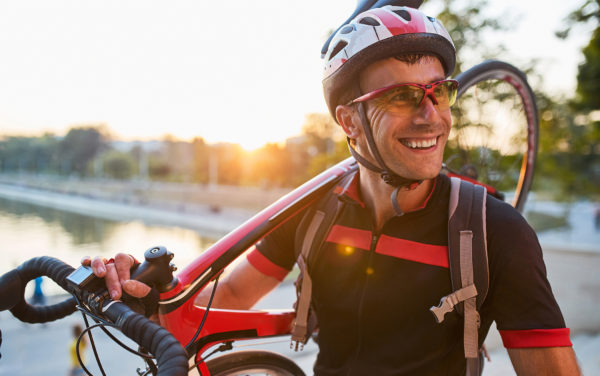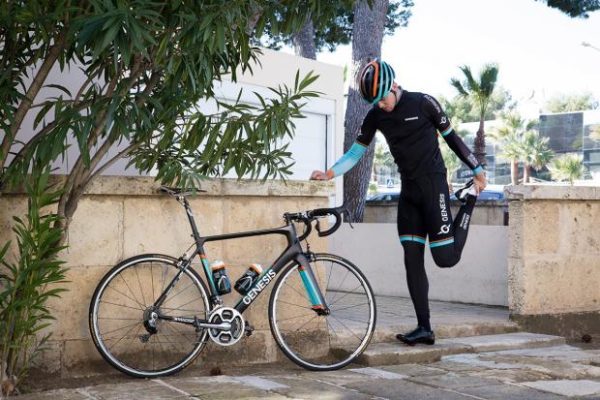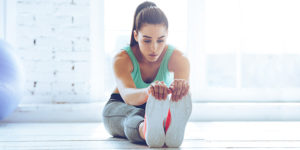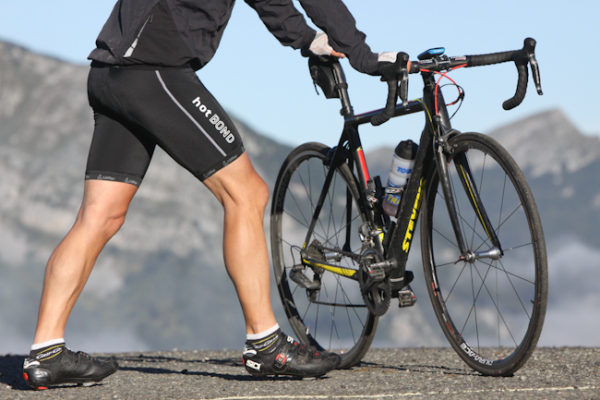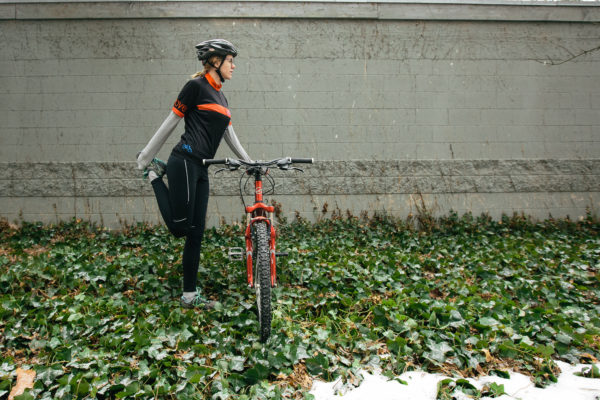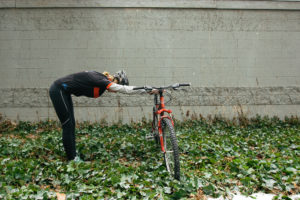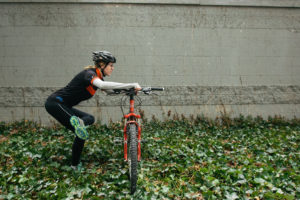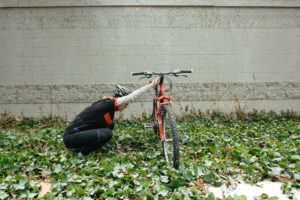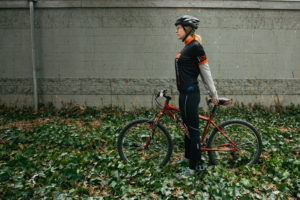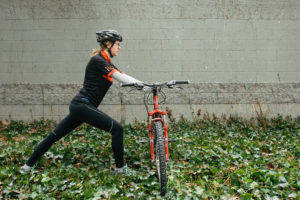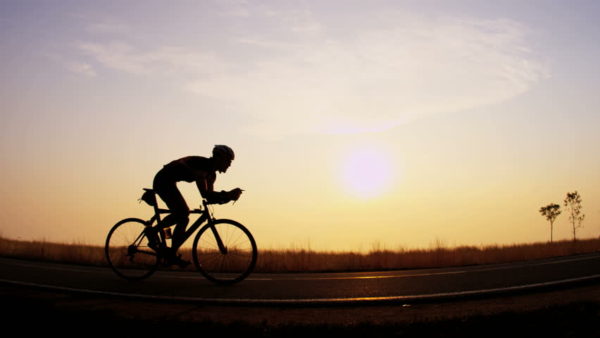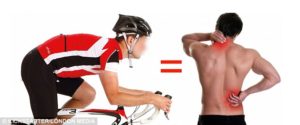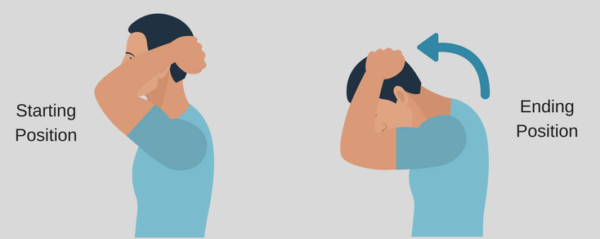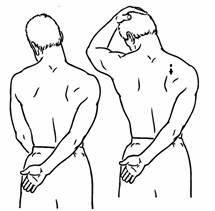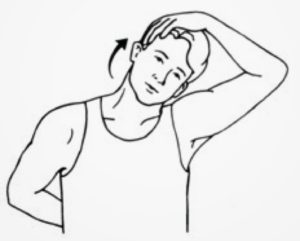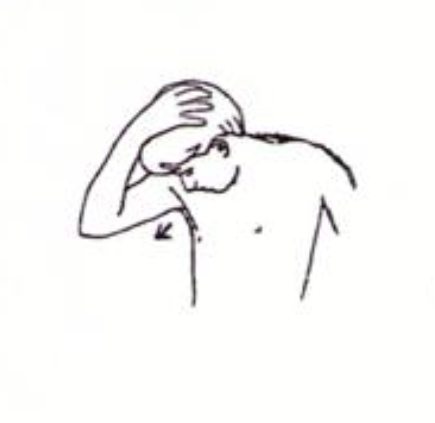Getting a muscle cramp or spasm while out on a ride or during a race is a terrible feeling. Not only is it painful, but it can take a toll on your overall performance. So, what can you do to prevent muscle cramps on a ride? Well, there’s a whole lot of opinions out there, but are they all valid?
When it comes to curing or preventing muscle cramps, there’s no easy answer. Sure, you can drink the latest trendy sports drink, but it may not be the best plan of attack. The truth is, despite years of research, cramping and fatigue in general are still largely poorly understood. We don’t know why some people are more prone to cramping then others, just as you can’t know for sure why they show up. It could be overexertion, nutrition, dehydration, or any combination of factors.
Although the ambiguity can be frustrating, here’s what you need to know to help prevent muscle cramps on a ride.
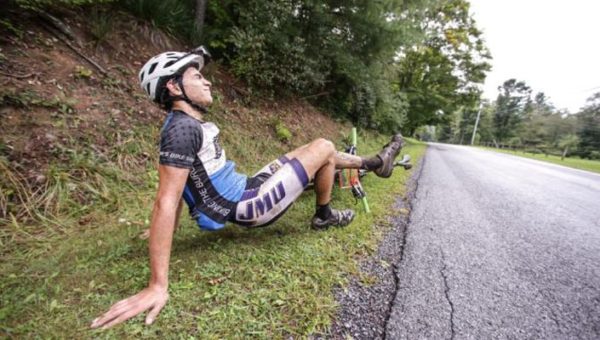
What Causes Muscle Cramping?
As mentioned above, scientists have failed to come to a consensus of what causes muscle cramping. Historically, it has been thought to be a result of dehydration. When you sweat you lose fluids, and with them electrolytes. Electrolytes are used to help the chemical firing of muscle fibres, so when they are depleted muscle spasms and cramps are the result.
Although this is still a commonly held theory, recent studies have shown that altered neuromuscular control may be the more probable cause of muscle cramps and spasms. Basically, the nerves that carry signals to and from your muscles and your brain get tired just the same as your working muscles. Those nerve signals begin to misfire. This neuromotor fatigue can send overlapping, uncontrolled signals to your muscles. The result: twitching, cramping, complete locking up of your working muscles or the feeling of ‘dead-legs’ and an inability to produce power.
How To Treat and Prevent Muscle Cramps on a Ride
Endurance sports like cycling are all about pushing yourself and testing your limits. Unfortunately, there are a number of factors that are working against you. First, there is mental fatigue that can take on very physical effects causing you to bonk or otherwise slow down. Other times your body literally steps in and kicks your ass in the form of cramping. It’s something every athlete has dealt with at one time or another, but here’s what you can do to try and combat it.
Routine Stretching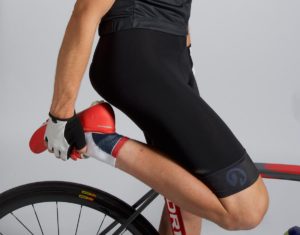
Routine stretching before, after, and during a ride can help prevent cramping altogether. If you feel a muscle starting to twitch or spasm, pull over and stretch it out with dynamic stretches (not static!). This can prevent a full-on cramp from forming in the muscle. Also, having healthy muscles that are flexible enough to maintain proper bike posture and position can help prevent cramping on those longer rides.
If you’re looking to take the guesswork out of stretching, you can check out Dynamic Cyclist. This comprehensive resource addresses the most common muscle imbalances and adaptive muscle shortening that lead to pain and reduced performance on the bike. With just 15 minutes a day, you can follow along with the video programs to alleviate tension and improve posture, so you can ride pain free and reach your full potential on the bike. Don’t let muscle imbalances hold you back – click here to try 7 days free!
Hydration & Nutrition
Don’t fuss too much over electrolytes unless you are doing a long hard ride, and if you do, make sure it is a quality sports drink or make your own. Otherwise, water needs to be your best friend. It’s important to stay hydrated before, during, and after a ride to ensure your body has what it needs. Also ensure you are consuming enough calories to sustain your efforts on the bike.
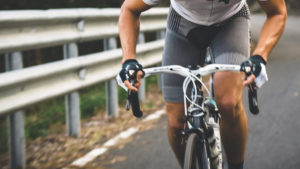 Proper Warm-Up
Proper Warm-Up
Nothing like going all-out right off the bat to make for some painful muscles. Ensure you start nice and slow and warm up those muscles before pushing yourself too hard. If you’re doing a short distance race, go for a warm up ride before starting out so you can give it your all right off the start line.
Slow It Down
If your muscles are cramping and you can see your quads rippling with muscle spasms, time to take it down a notch. Don’t go too hard too fast, but put in the proper training to be able to push yourself without putting too much stress on your muscles. One of the most common links to cramping is in response to an unaccustomed intensity or load.
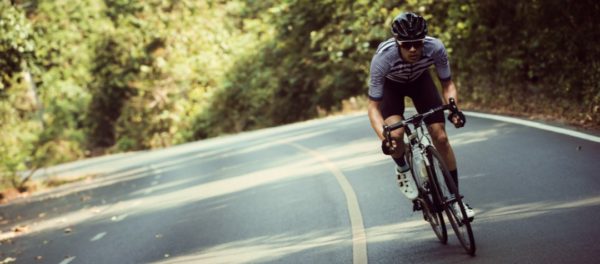
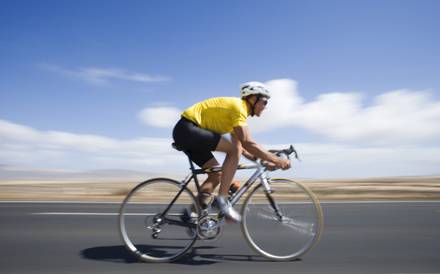
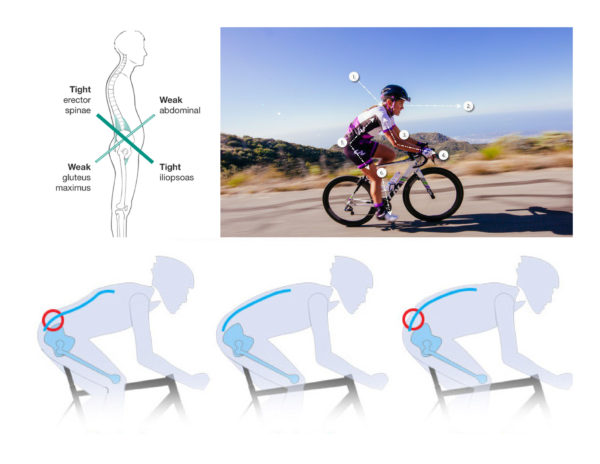
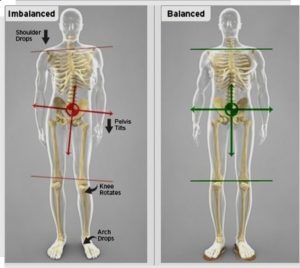 if action is not taken. Not only will shortened muscles impact your efficiency, comfort, and aerodynamics on the bike, but they will eventually lead to injury.
if action is not taken. Not only will shortened muscles impact your efficiency, comfort, and aerodynamics on the bike, but they will eventually lead to injury.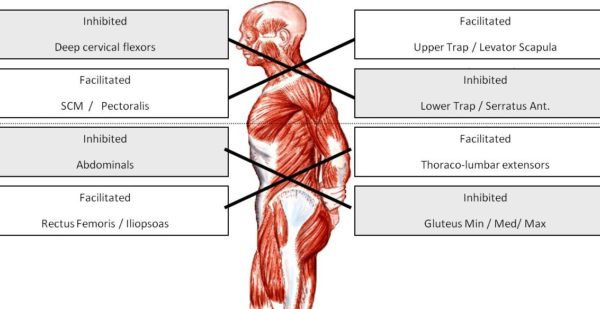
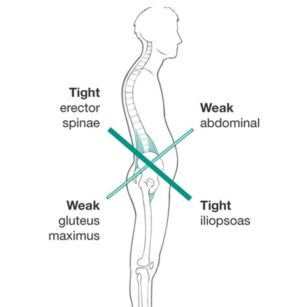 abdominals and gluteals, are never fully engaged in cycling, while the facilitated muscles, rectus femoris (quadraceps), iliopsoas and thoraco-lumbar extensors are always engaged and often overworked. Constantly engaging those lower back muscles without proper support from a stable core often results in lower back pain for cyclists.
abdominals and gluteals, are never fully engaged in cycling, while the facilitated muscles, rectus femoris (quadraceps), iliopsoas and thoraco-lumbar extensors are always engaged and often overworked. Constantly engaging those lower back muscles without proper support from a stable core often results in lower back pain for cyclists.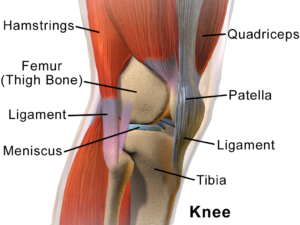 To make matters more complicated, the ITB runs down the outside of the thigh and blends into the outside of the knee. ITB stands for iliotibial band and is a well known potential source of trouble for cyclists, runners and active people in general. The ITB is also attached to your glutes (buttock muscles) and hip flexors. Often when looking for the source of knee pain we have to pay close attention to hip flexibility and control.
To make matters more complicated, the ITB runs down the outside of the thigh and blends into the outside of the knee. ITB stands for iliotibial band and is a well known potential source of trouble for cyclists, runners and active people in general. The ITB is also attached to your glutes (buttock muscles) and hip flexors. Often when looking for the source of knee pain we have to pay close attention to hip flexibility and control.
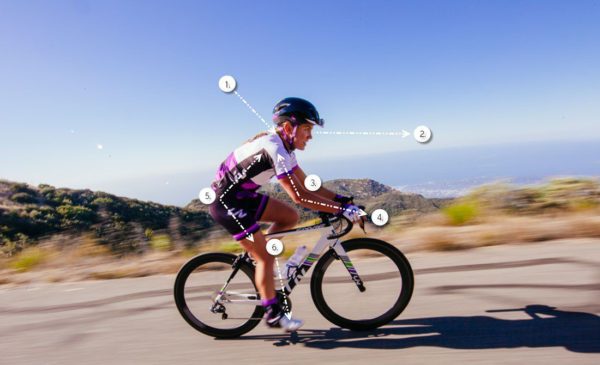

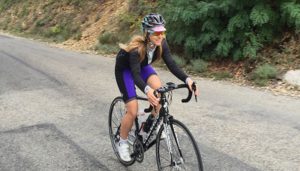
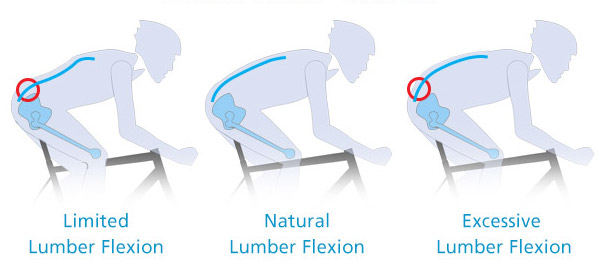
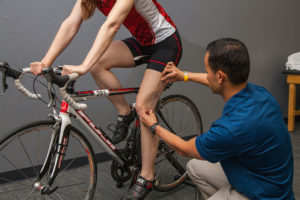 Proper bike fit
Proper bike fit
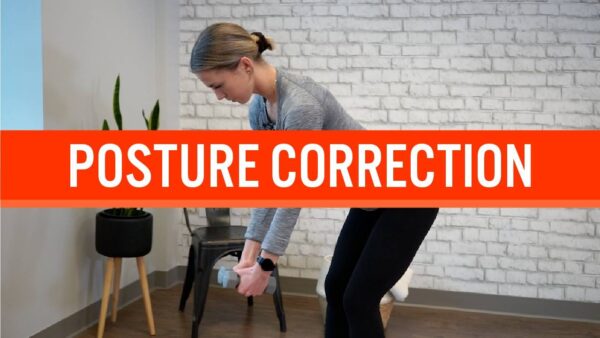
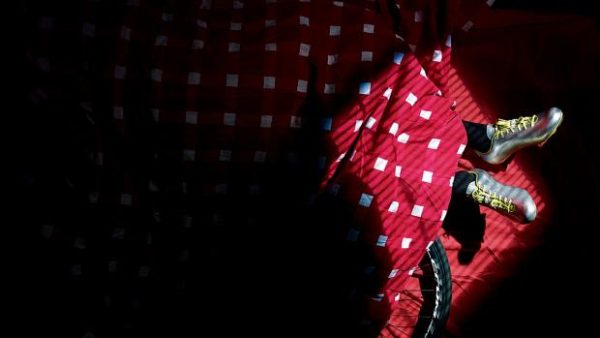
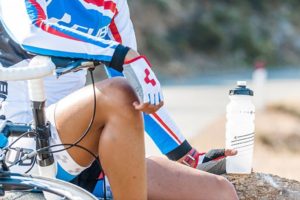

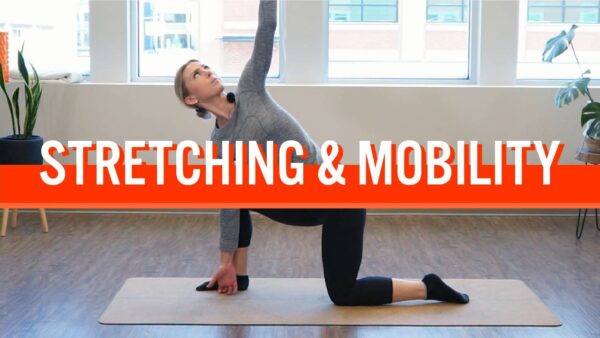
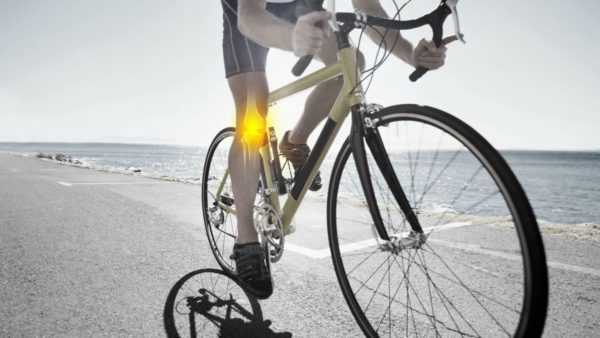
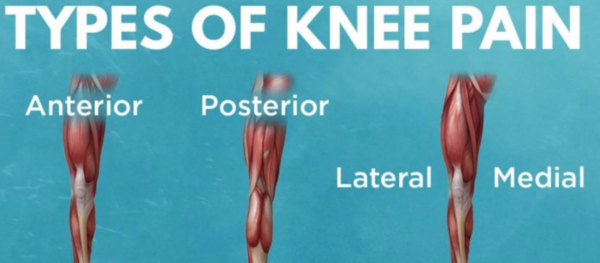
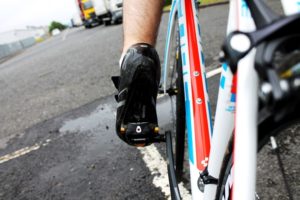
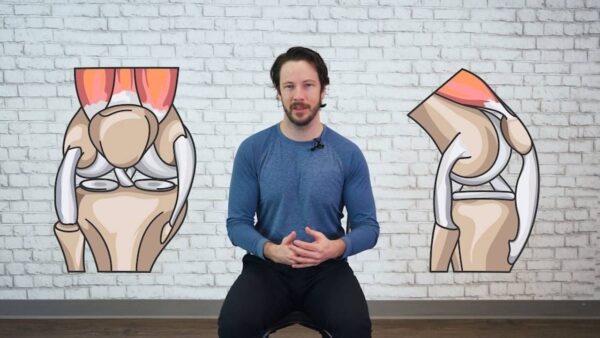
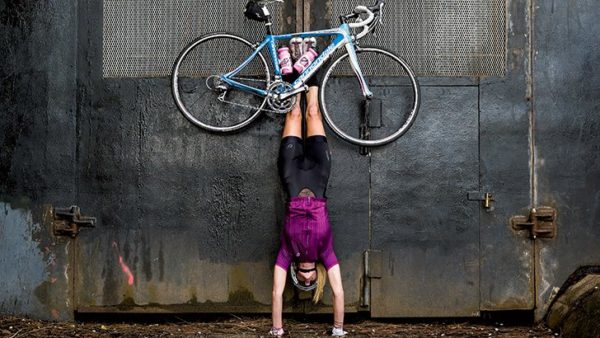
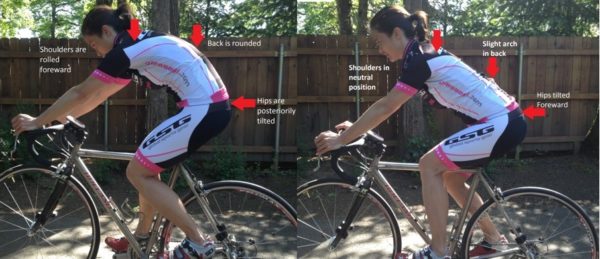
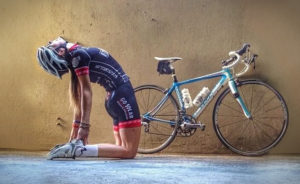 Injury Prevention
Injury Prevention